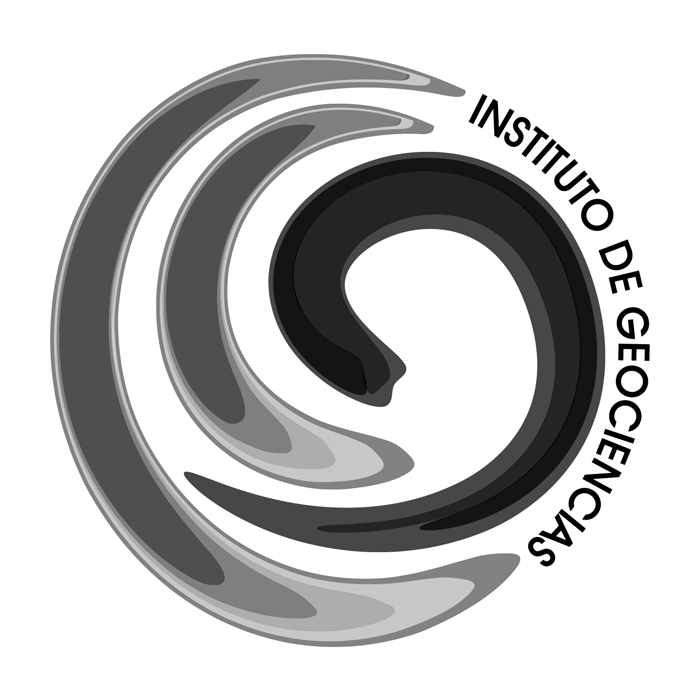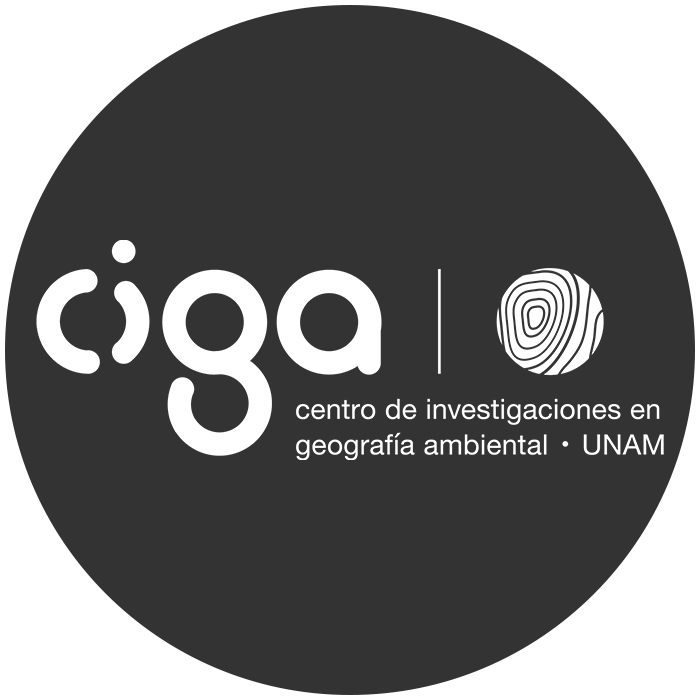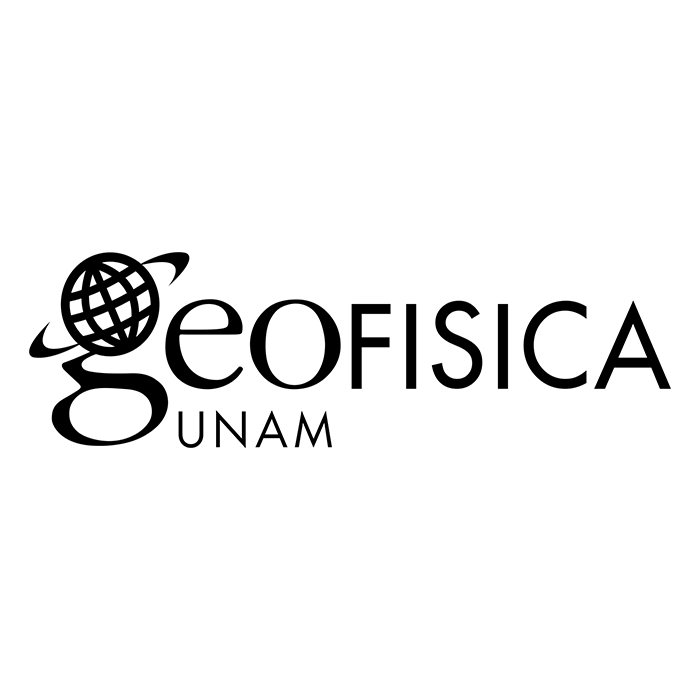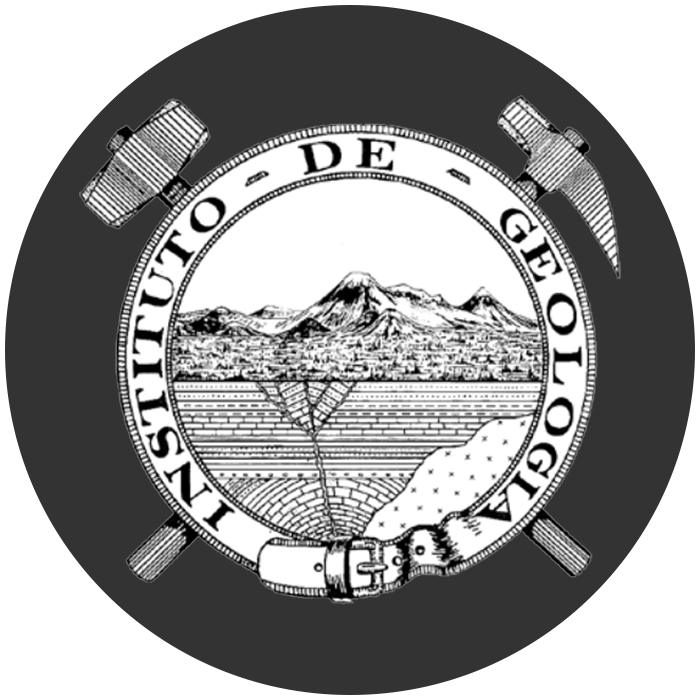Mapas de biomasa aérea de bosques del norte de Durango, México, utilizando variables subpixel, espectrales y texturales
Contenido principal del artículo
Resumen
Los mapas de biomasa forestal aérea disponibles en la literatura científica son, en su mayoría, de acceso restringido, en formato estático (pdf) y en estudios que se centran más en el modelo de estimación de biomasa en sí mismo. El propósito de este trabajo fue determinar la utilidad de las variables subpixel para generar mapas de biomasa forestal y cotejarlas frente a las variables espectrales y texturales.
La zona de estudio, se ubicó en un área de 11 336.82 km2, de bosque del norte de Durango, México. Fueron utilizados 96 conglomerados de muestreo del Inventario Nacional Forestal y de Suelos 2009-2014, 9 imágenes SPOT5 y técnicas de regresión para generar los modelos de estimación de biomasa.
Los mapas construidos con las variables subpixel con demezclado espectral lineal y fracción de vegetación (FV) (escala 1:750 000), fueron comparables con las variables espectrales, obtenidas con el NDVI43, ya que presentaron un RMSE de 56.54 Mg ha-1 y R2 de 0.69, y RMSE de 50.38 Mg ha-1 y R2 de 0.55, respectivamente. Y aunque los mapas mostraron una distribución de biomasa similar, el modelo con la FV fue más robusto para estimar valores extremos, tuvo mejor coeficiente de determinación, además de ser una variable de fácil interpretación.
Los resultados estarán publicados como mapas web, con varias capas de información de acceso abierto.
Descargas
Detalles del artículo

Esta obra está bajo una licencia internacional Creative Commons Atribución-NoComercial-CompartirIgual 4.0.
PLUMX Metrics
Citas
Adams, J.B., Smith, M. O., y Gillespie, A. R., 1993. Imaging spectroscopy: interpretation based on spectral mixture analysis. En Pieters, C. M., y Englert, P., (Eds.). Remote Geochemical Analysis: Elemental and Mineralogical Composition. Cambridge University Press, New York.
Aguirre-Salado, C. A., Valdez-Lazalde, J. R., Ángeles-Pérez, G., de los Santos-Posadas, H. M., Haapanen, R., y Aguirre-Salado, A. I., 2009. Mapeo de carbono arbóreo aéreo en bosques manejados de pino Patula en Hidalgo, México. Agrociencia 43(2), 209-220. https://doi.org/10.1007/s11442-012-0955-9
Aguirre-Salado, C. A., Treviño-Garza, E. J., Aguirre-Calderón, O. A., Jiménez-Pérez, J., González-Tagle, M. A., Valdez-Lazalde, J. R. y Aguirre-Salado, A. I., 2012. Construction of aboveground biomass models with remote sensing technology in the intertropical zone in Mexico. Journal of Geographical Sciences 22(4), 669-680. https://doi.org/10.1007/s11442-012-0955-9
Aguirre-Salado, C. A., E. J. Treviño-Garza, O. A. Aguirre-Calderón, J. Jiménez-Pérez, M. A. González-Tagle, J. R. Valdéz-Lazalde y L. Miranda-Aragón, 2014. Mapping aboveground biomass by integrating geospatial and forest inventory data through a k-nearest neighbor strategy in North Central Mexico. Journal of Arid Land 6(1), 80-96. https://doi.org/10.1007/s40333-013-0191-x
Alianza México para la Reducción de Emisiones de Carbono por Deforestación y Degradación (Alianza México REDD+), 2013. Densidad de carbono en la biomasa leñosa aérea de los bosques y selvas de México [Documento WWW]. URL https://www.alianza-mredd.org/wp-content/uploads/Files/Biblioteca%20Territorios/M-REDD%2BDensidadBiomasaLenosa_mapa.pdf (acceso 18.10.2024).
Basuki, T. M., Skidmore, A. K., van Laake, P. E., van Duren, I., y Hussin, Y. A., 2012. The potential of spectral mixture analysis to improve the estimation accuracy of tropical forest biomass. Geocarto International 27(4o), 329-345. https://doi.org/10.1080/10106049.2011.634928
Castillo-Santiago, M. Á., Ghilardi, A., Oyama, K., Hernández-Stefanoni, J. L., Torres, I., Flamenco-Sandoval, A., and Mas, J. F., 2013. Estimating the spatial distribution of woody biomass suitable for charcoal making from remote sensing and geostatistics in central Mexico. Energy for Sustainable Development 17(2), 177-188. https://doi.org/10.1016/j.esd.2012.10.007
Consejo Nacional de Humanidades, Ciencias y Tecnologías (CONAHCYT), sin fecha. Oferta de biomasa [Documento WWW]. URL https://energia.conahcyt.mx/planeas/biomasa/oferta (acceso 18.10.2024).
Eckert, S., 2012. Improved forest biomass and carbon estimations using texture measures from WorldView-2 satellite data. Remote sensing 4(4), 810-829. https://doi.org/10.3390/rs4040810
Fernández-Manso, O., Fernández-Manso, A., y Quintano, C., 2014. Estimation of aboveground biomass in Mediterranean forests by statistical modelling of ASTER fraction images. International Journal of Applied Earth Observation and Geoinformation 31, 45-56. https://doi.org/10.1016/j.jag.2014.03.005
Foody, G. M., Boydb, D. S., y Cutler, M. E., 2003. Predictive relations of tropical forest biomass from Landsat TM data and their transferability between regions. Remote Sensing of Environment, 85, 463-474. https://doi.org/10.1016/S0034-4257(03)00039-7
Galeana-Pizaña, J. M., López-Caloca, A., López-Quiroz, P., Silván-Cárdenas, J. L., y Couturier, S., 2014. Modeling the spatial distribution of above-ground carbon in Mexican coniferous forests using remote sensing and a geostatistical approach. International Journal of Applied Earth Observation and Geoinformation 30, 179-189. https://doi.org/10.1016/j.jag.2014.02.005
Galeana-Pizaña, J. M., Hernández, J. M. N., y Romero, N. C., 2016. Remote sensing-based biomass estimation. Environmental Applications of Remote Sensing. https://doi.org/10.5772/61813
Gerencia del Sistema Nacional de Monitoreo Forestal (CONAFOR-GSNMF), 2022. Contenido de biomasa formación forestal (Tn/Ha) [Documento WWW]. URL https://idefor.cnf.gob.mx/layers/geonode%3Abiomasa_estrato_4326 (acceso 18.10.2024).
Haralick, R. M., y K. Shanmugam, 1973. Textural features for image classification. IEEE Transactions on systems, man, and cybernetics. (6): 610-621.
IPCC, 2014. Climate Change 2014: Synthesis Report. Contribution of Working Groups I, II and III to the Fifth Assessment Report of the Intergovernmental Panel on Climate Change [Core Writing Team, R.K. Pachauri and L.A. Meyer (eds.)]. IPCC, Geneva, Switzerland, 151 pp.
Kelsey, K. C., y Neff, J. C., 2014. Estimates of aboveground biomass from texture analysis of landsat imagery. Remote Sensing 6(7), 6407-6422. https://doi.org/10.3390/rs6076407
López-Serrano, P. M., López-Sánchez, C. A., Díaz-Varela, R. A., Corral-Rivas, J. J., Vargas-Larreta, B., y Álvarez-González, J. G., 2015. Estimating biomass of mixed and uneven-aged forests using spectral data and a hybrid model combining regression trees and linear models. iForest-Biogeosciences and Forestry 9(2), 226-234. http://doi.org/10.3832/ifor1504-008
López-Serrano, P. M., López Sánchez, C. A., Solís-Moreno, R., y Corral-Rivas, J. J., 2016. Geospatial Estimation of above Ground Forest Biomass in the Sierra Madre Occidental in the State of Durango, Mexico. Forests 7(3), 70. https://doi.org/10.3390/f7030070
Lu, D., Mausel, P., Brondızio, E., y Moran, E., 2004. Relationships between forests stand parameters and Landsat TM spectral responses in the Brazilian Amazon Basin. Forest ecology and management 198(1), 149-167. https://doi.org/10.1016/j.foreco.2004.03.048
Lu, D., 2005. Aboveground biomass estimation using Landsat TM data in the Brazilian Amazon. International Journal of Remote Sensing 26(12), 2509-2525. https://doi.org/10.1080/01431160500142145
Lu, D., Batistella, M., y Moran, E., 2005. Satellite estimation of aboveground biomass and impacts of forest stand structure. Photogrammetric Engineering & Remote Sensing 71(8), 967-974. https://doi.org/10.14358/PERS.71.8.967
Lu, D., Chen, Q., Wang, G., Liu, L., Li, G. y Moran, E., 2016. A survey of remote sensing-based aboveground biomass estimation methods in forest ecosystems. International Journal of Digital Earth 9(1), 63-105. https://doi.org/10.1080/17538947.2014.990526
Prieto R., J. A. y J. C. Hernández D., 2007. Estudio regional forestal. Caso UMAFOR No. 1001, Guanaceví, Durango. Prieto R., J. A. y J. C. Hernández D. (eds.). Durango, México. 256 p.
Roberts, D. A., Smith, M. O., & Adams, J. B., 1993. Green vegetation, nonphotosynthetic vegetation, and soils in AVIRIS data. Remote Sensing of Environment 44(2-3), 255-269.
Roberts, D. A., G. Batista, J. Pereira, E. Waller y B. Nelson., 1999. Change identification using multitemporal spectral mixture analysis: Applications in eastern Amazonia. In: Luneta, R. S. y Elvidge, C. D., (eds.). Remote sensing change detection: environmental monitoring methods and applications. EU. pp. 137-161.
Rock, B. N., J. E. Vogelmann, D. L. Williams, A. F. Vogelmann y T. Hoshizaki. 1986. Remote Detection of Forest Damage: Plant responses to stress may have spectral “signatures” that could be used to map, monitor, and measure forest damage. Bioscience. 36(7): 439-445. https://doi.org/10.2307/1310339
Rodríguez-Veiga, P., Quegan, S., Carreiras, J., Persson, H. J., Fransson, J. E., Hoscilo, A., and Balzter, H., 2019. Forest biomass retrieval approaches from earth observation in different biomes. International Journal of Applied Earth Observation and Geoinformation 77, 53-68. http://doi.org/10.1016/j.jag.2018.12.008
Rojas-García, F., De Jong, B. H., Martínez-Zurimendí, P. y Paz-Pellat, F., 2015. Database of 478 allometric equations to estimate biomass for Mexican trees and forests. Annals of Forest Science 72(6), 835-864. https://doi.org/10.1007/s13595-015-0456-
Rouse, J. W., Haas, R. H., Schell, J. A., Deering, D. W. y Harlan, J. C., 1974. Monitoring the vernal advancement of retrogradation of natural vegetation. National Aeronautics and Space Administration, Goddard Space Flight Center (NASA/GSFC). Greenbelt, Maryland, EEUU.
Sanchez-Azofeifa, A., Antonio Guzmán, J., Campos, C.A., Castro, S., Garcia-Millan, V., Nightingale, J. y Rankine, C., 2017. Twenty-first century remote sensing technologies are revolutionizing the study of tropical forests. Biotropica, 49(5), 604-619. https://doi.org/10.1111/btp.12454
Silván-Cárdenas, J. L., Corona-Romero, N., Galeana-Pizaña, J. M., Núñez-Hernández, J. M., y Madrigal-Gómez, J. M., 2015. Geospatial technologies to support coniferous forests research and conservation efforts in Mexico. En Ronald P. Weber (Ed.). Old-Growth Forests and Coniferous Forests: Ecology, Habitat and Conservation. Nova Science Pub Inc., Reino Unido.
Silván-Cárdenas, J. L., y Wang, L., 2010. Retrieval of subpixel Tamarix canopy cover from Landsat data along the Forgotten River using linear and nonlinear spectral mixture models. Remote Sensing of Environment 114(8), 1777-1790. https://doi.org/10.1016/j.rse.2010.04.003
Spot Image, 2010. Niveles de procesamiento y precisión de localización. https://www.intelligence-airbusds.com/files/pmedia/public/r2006_9_spot_niveles_de_preprocesamiento_esp_sept2010.pdf
Sun, H., Qie, G., Wang, G., Tan, Y., Li, J., Peng, Y, and Luo, C., 2015. Increasing the accuracy of mapping urban forest carbon density by combining spatial modeling and spectral unmixing analysis. Remote Sensing 7(11), 15114-15139. https://doi.org/10.3390/rs71115114
Thayn, J. B., 2020. Monitoring narrow mangrove stands in Baja California Sur, Mexico using linear spectral unmixing. Marine Geodesy 43(5), 493-508. https://doi.org/10.1080/01490419.2020.1751753
Vargas-Larreta, B., López-Sánchez, C. A., Corral-Rivas, J. J., López-Martínez, J. O., Aguirre-Calderón, C. G. y Álvarez-González, J. G., 2017. Allometric equations for estimating biomass and carbon stocks in the temperate forests of North-Western Mexico. Forests 8(8), 269. https://doi.org/10.3390/f8080269
Yan, E., Lin, H., Wang, G., & Sun, H., 2015. Improvement of forest carbon estimation by integration of regression modeling and spectral unmixing of Landsat data. IEEE Geoscience and Remote Sensing Letters 12(9), 2003-2007. https://doi.org/10.1109/LGRS.2015.2451091






